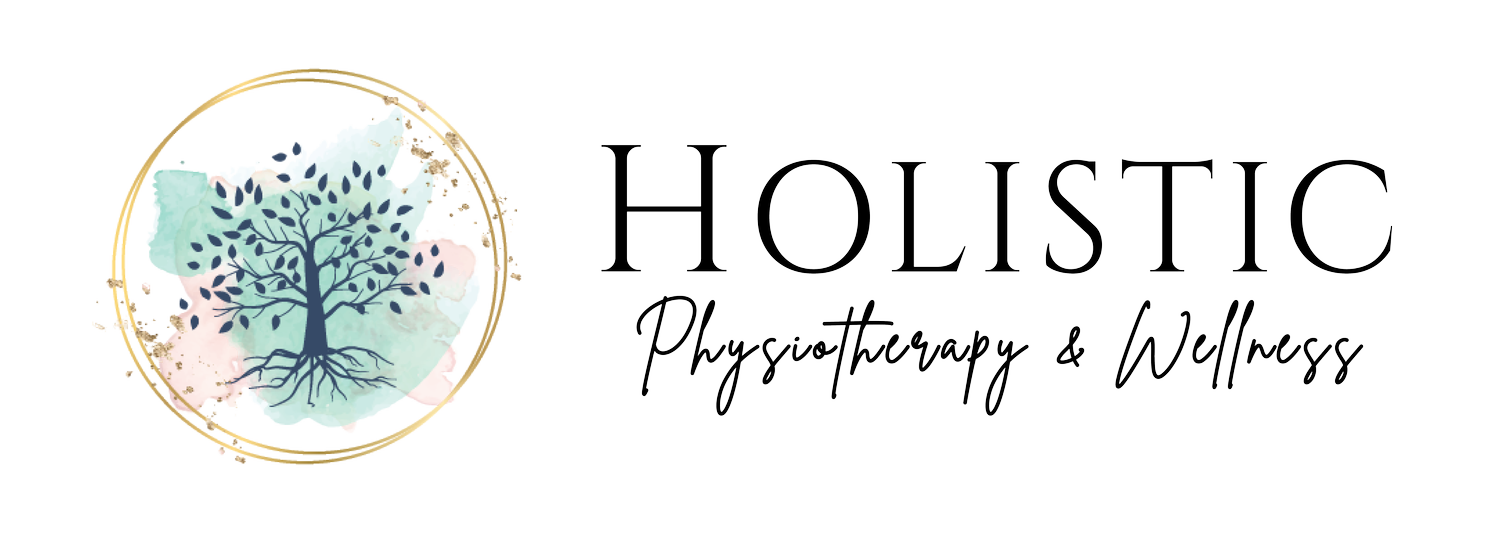Pilates & Pregnancy
Written by Kelly Button | February 16, 2021
Pregnancy is such an exciting and unknown time. You’re body & emotions begin changing at a rapid rate and you are eager to stay healthy & safe throughout your next 40(+) week journey. There are so many unknowns & anyone going through this journey knows that you can only control so much. One choice you may find yourself making is what type of movement class to participate in to stay safe & healthy as your body changes to accommodate your newest addition.
If you are looking for a safe & effective form of movement throughout your pregnancy, Pilates is a great choice. It can aid in releasing tension (lower back pain), building strength, preparing for labour & delivery, & aid in your recovery postpartum.
While Pilates exercises can be safe & supportive during your entire pregnancy, prenatal Pilates classes need to take into account your changing body & new guidelines to keep you safe through each trimester. You may have seen pictures of people working out their core & performing advanced Pilates moves like roll-over or teaser. So how can we tailor this form of exercise to be pregnancy safe? The best thing about this movement is the ability to tailor the movements to your needs, provide support for your body by using the equipment (Wedge, Reformer, Tower, Chair, & Core Align), & take into account the the different considerations throughout each trimester.
Here’s is a breakdown of what you can expect in your Pilates classes while expecting.
During the first trimester most exercises are safe with the approval of your physician. However, fatigue & nausea are common symptoms during this trimester which may decrease your motivation to move. When feeling unwell, stick to the Pilates fundamental movements such as Hip Circles or Pinwheel. The goal is to keep you moving gently while managing your first trimester symptoms.
Once in the second trimester you may feel a decrease in the mobility of your hips, pelvis, & spine. This is the trimester to eliminate exercises laying on your stomach (prone) & to decrease intense abdominal activation exercises. After 16 weeks we need to limit the length of time you lay on your back and we can begin using the pregnancy wedge to keep your head above your heart. It is important to prevent the baby from putting pressure on the blood supply to the uterus & lower body. The goal during this trimester is to maintain flexibility of the lower back & abdominals, improve the stability of the pelvis & spine, & increase stability of your shoulders.
The third trimester is the time to work on the stability of the shoulders & upper body exercises to prepare for baby carrying. Start using a wide leg position during footwork & minimize adductor work to create less pressure on the pubic symphysis. Increase the strength work on legs & hips to prepare for labour.
Throughout all the trimesters we can prepare the body for common labour positions. Ensuring you are able to kneel, squat, work on all 4’s, & hold the position for the duration of a contraction.
After birth you enter the fourth trimester. It is important to give yourself time to heal & take into consideration your level of fatigue when beginning a movement program. During the fourth trimester we work to re-establish a connection to your breath & pelvic floor, & work to combat tension in the neck & shoulders from baby carrying & feeding.
The guidelines above are just that, a guideline & they ensure we keep the movement appropriate to each trimester. However the most important part of choosing a movement class is finding one that can support you week to week. Each person & pregnancy is different, so finding someone to support your mood, fatigue level, & tension as you grow is important to your overall well being. My goal in teaching prenatal classes is to support you. To work with your healthcare practitioners & guidelines, to change your daily class plan to suit your fatigue, nausea, & tension as it comes, & to follow the trimester guidelines to keep you moving safely & feeling your best.
Kelly Button
Certified Pilates Teacher
Restorative Exercise Specialist
Reference
Balanced Body. (2016). Pilates and Pregnancy [PowerPoint slides]. Balanced Body Education LLC


